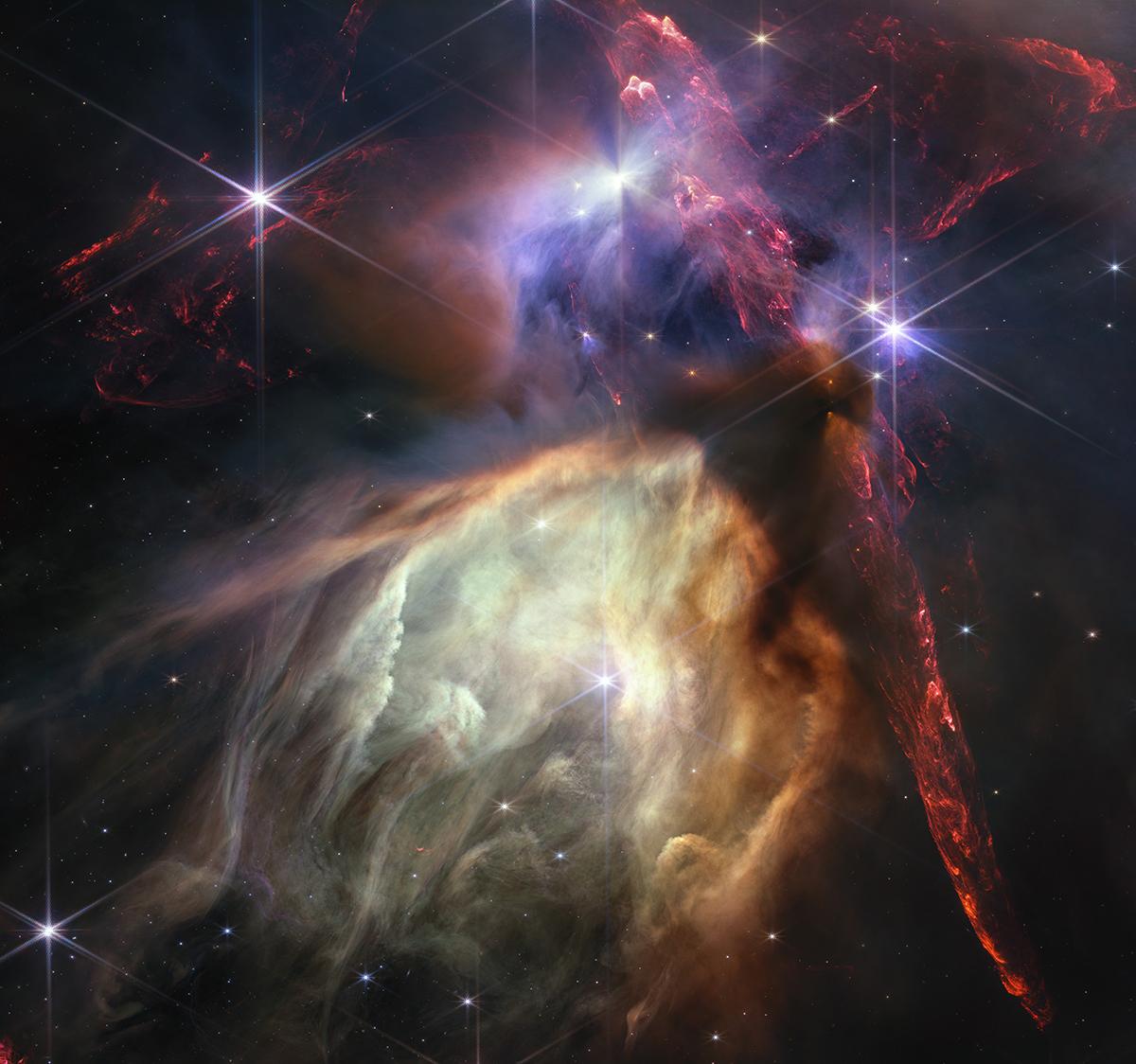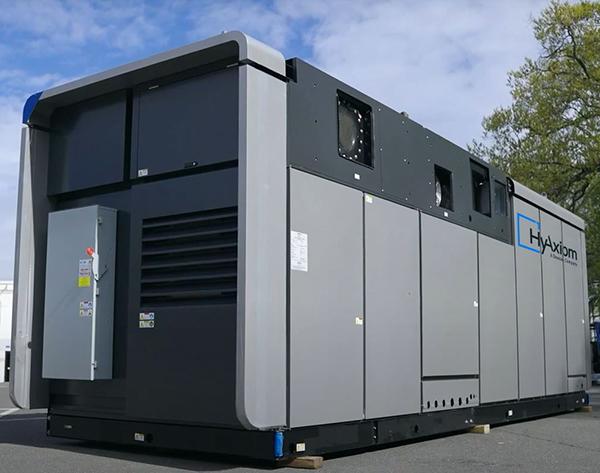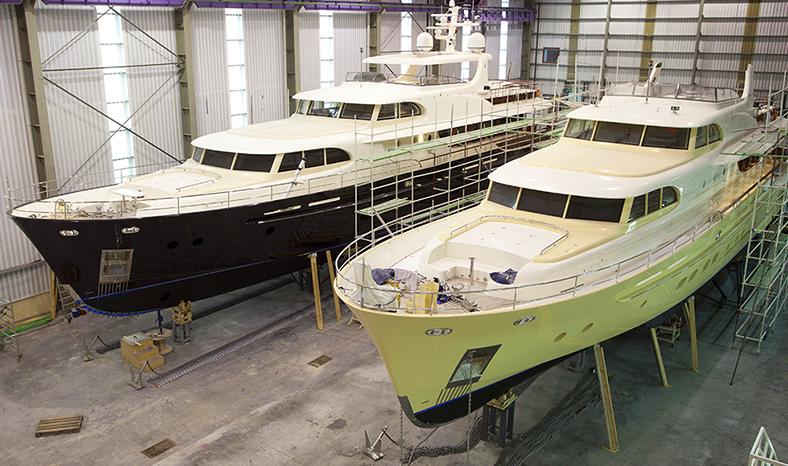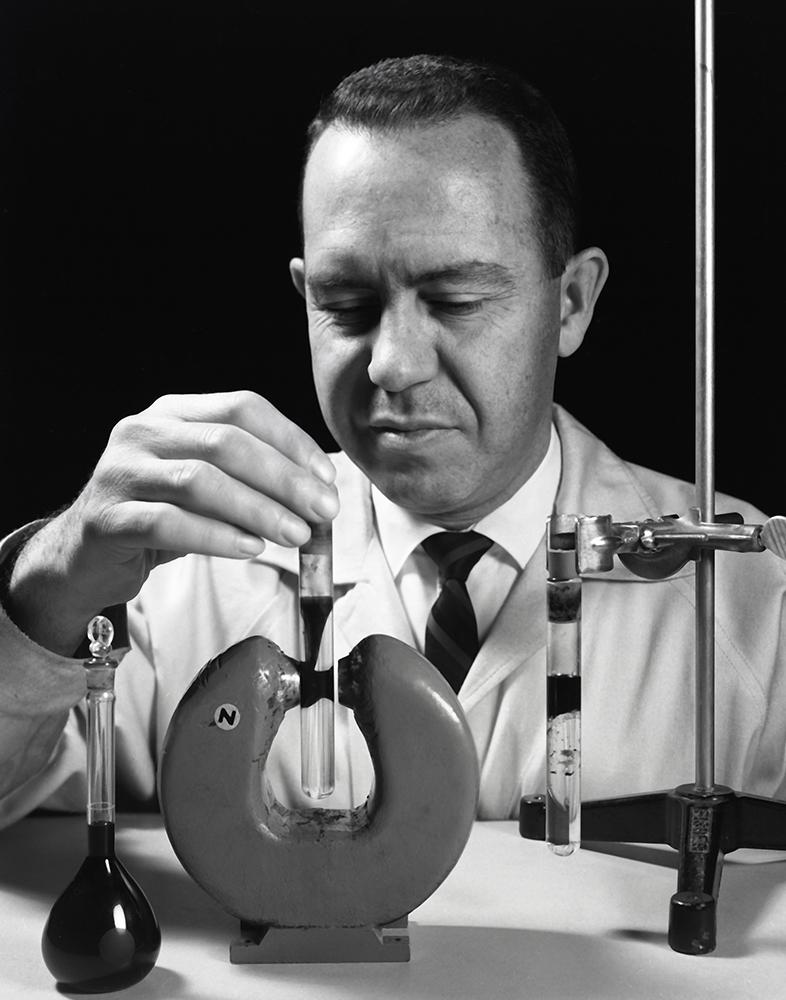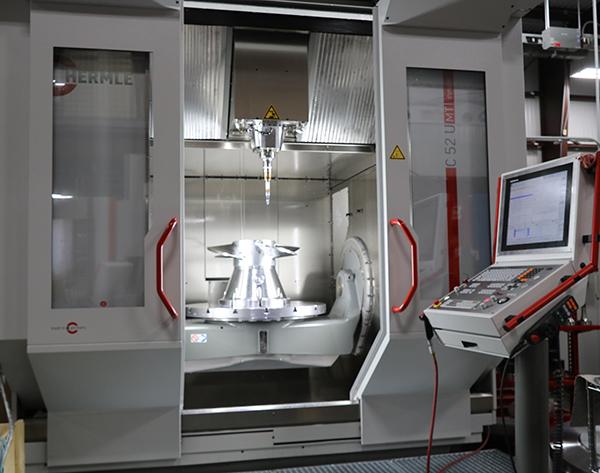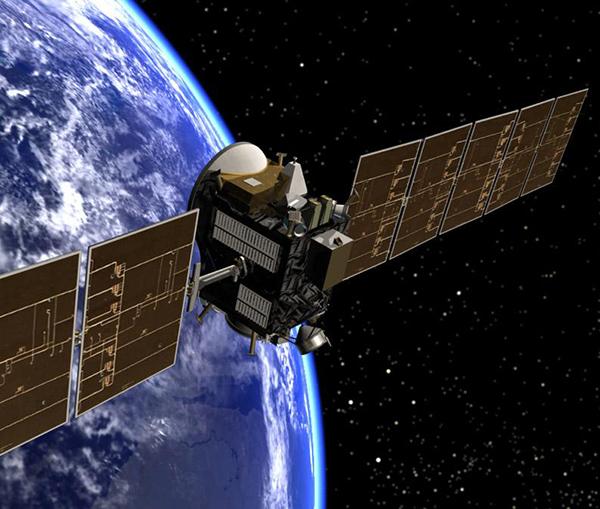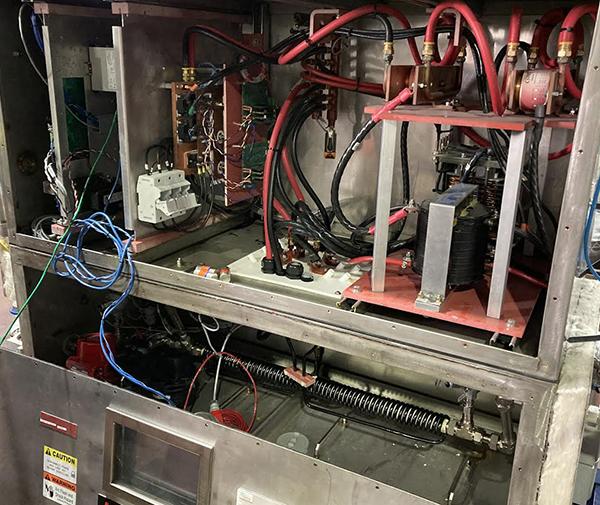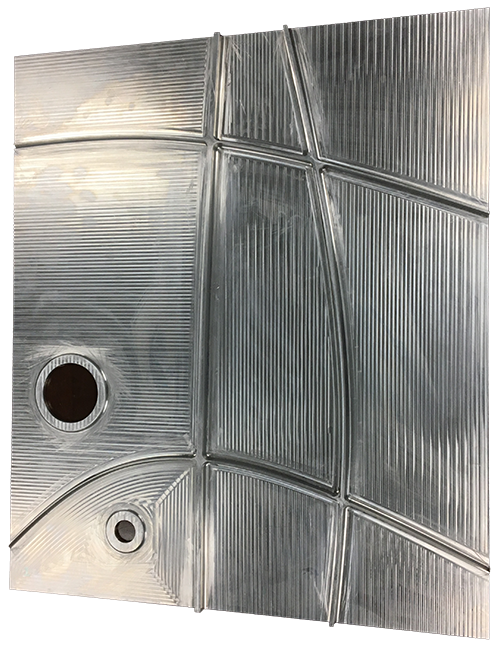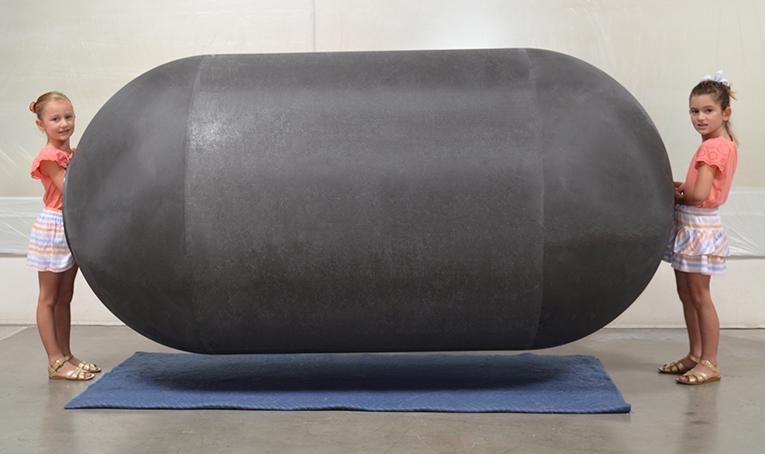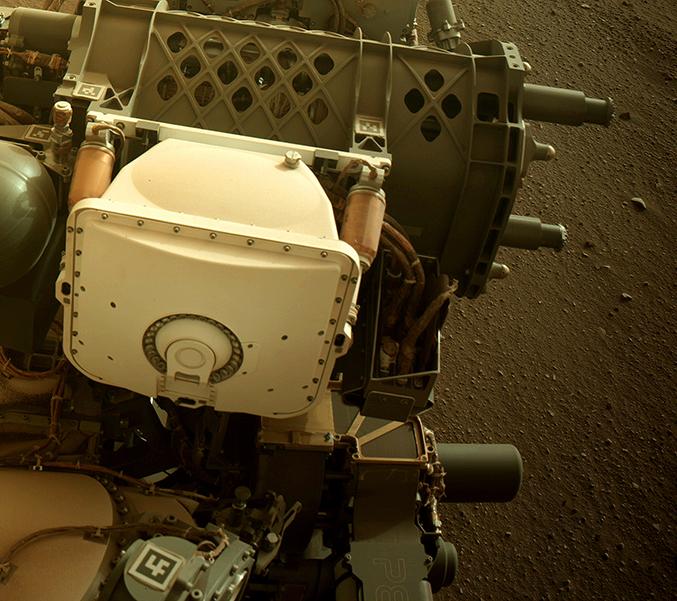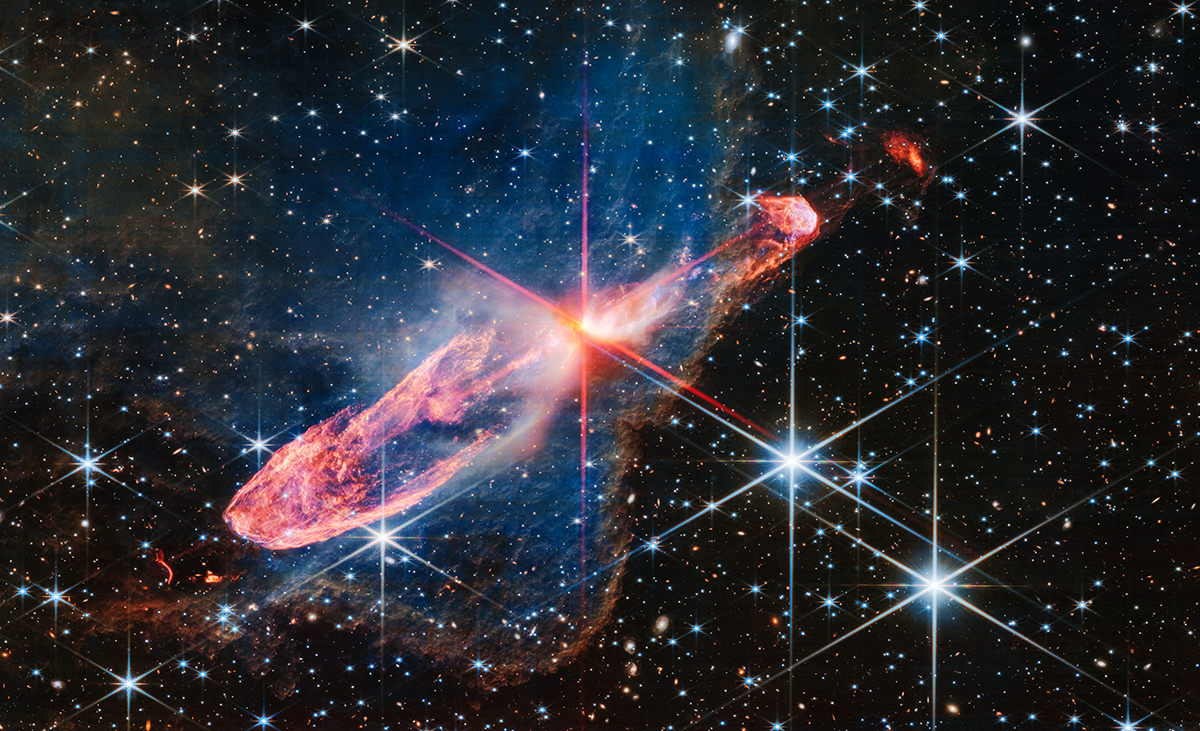
Webb Telescope Made Simulation Software Better
Subheadline
The observatory pushed optical modeling capabilities, driving advances in software used to design medical and augmented reality devices
The James Webb Space Telescope’s stunning images showing previously unseen corners of the universe are possible because of the telescope’s 21-foot segmented mirror that had to unfurl on its own after launch and assemble itself in space.
Plenty of testing went into the materials, design, and process over the decades it took to develop the largest telescope in space, but the whole project was just too large to test on the ground, at scale, at minus
400ºF and other space-like conditions.
Instead, engineers relied more than ever before on software to simulate how the telescope would behave under wide-ranging space conditions, work that has helped advance the whole field of integrated modeling.
“We pushed everything, all the simulation, just as hard as it would go,” said Erin Elliott, an optical engineer at Ansys Inc., the company that makes Ansys Zemax OpticStudio, one of a handful of design software suites that were used to develop hardware and software for the Webb telescope.
Simulation technology has improved dramatically over the last two decades as a result of increases in computing power and new ways of accessing offsite computing power as a cloud service. But additional improvements trace back directly to the Webb telescope development.
Elliott used OpticStudio to support the Webb telescope while working for NASA contractors, beginning in the early 2000s, before starting work in 2015 for Zemax, which was bought in 2021 by Ansys Inc., which is headquartered in Canonsburg, Pennsylvania.
In the early days, Elliott said, Zemax tweaked its software for the Webb telescope effort. “They made some specific changes for us at the time that had to do with handling the coordinate systems of the segments,” she said, referring to the 18 hexagonal segments that make up the telescope’s primary mirror.
Elliott also recalled talking to Zemax leadership numerous times about the need for the software to communicate better with other Microsoft Windows programs. The company introduced an API, or application programming interface, for OpticStudio, which enables the suite to work with other programs and allows for further customization, as well. There were plenty of reasons to add that technology, but Webb telescope demands were likely significant among them, Elliott said.
Joseph Howard, an optical engineer at Goddard Space Flight Center in Greenbelt, Maryland, where Webb was built, said NASA’s use of several modeling packages also helped drive innovation in the field. “It’s important to have multiple software companies out there that can help you not only for cross-checking the modeling, but also because they make each other better by having this competition,” he said.
In addition to improvements made to OpticStudio during Webb telescope development, the company in 2021 introduced the Structural, Thermal, Analysis, and Results (STAR) module, which benefited from knowledge Elliott gained working on the NASA project.
When a mirror or lens changes shape due to temperature swings, the optics move. Much of the OpticStudio modeling for the Webb telescope was done in smaller pieces – engineers would run a thermal simulation on its own and add that data to the next optical model, generating more data for the next run.
The STAR module incorporates structural and thermal analyses from other simulation software directly into OpticStudio optical models – an efficiency that is useful to telescope and aerospace designs, but also increasingly important for autonomous vehicles, cell phone lenses, and other optics that have to work in tough environments, Elliott said.
Future telescopes and other spacecraft are likely to involve elements of the Webb telescope design. More will travel in segments that must self-assemble in space, and development of the increasingly complicated robotics and optics will rely on modeling software.
“When we built James Webb, we knew that we couldn’t fully test it on the ground prior to flight, so we depended a whole lot upon modeling and doing analysis to get it ready for flight,” NASA’s Howard said. “The next great observatory will be even more dependent on modeling software.”
Meanwhile, designers of more earthly technologies are already seeing the benefits of an improved OpticStudio, which has been used to design precision endoscopes, a thermal imager to detect COVID-19 exposures in a crowd, augmented reality displays and headsets, a laser thruster technology for nanosatellites, and, of course, more telescopes.
Elliott noted that, in addition to technology spinoffs, the Webb telescope project trained the next cohort of telescope and optical device builders – those who will be designing and using the telescope’s technological spinoffs.
“The people who built the Hubble Space Telescope were leading the Webb telescope,” she said. “And now the younger engineers who were cutting our teeth on this project and learning from it are becoming the group of people who will build the next structures.”
Elliott maintains that the project “was worth it alone for training this huge cohort of young engineers and releasing them into high-tech fields.”
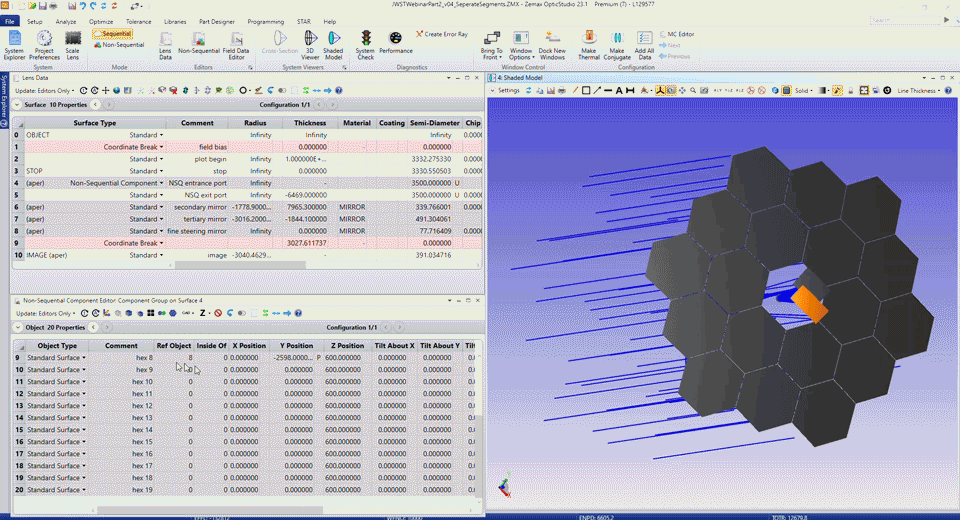
The Ansys Zemax OpticStudio software package, pictured here in a demo of James Webb Space Telescope mirror modeling, was equipped with new capabilities and features as a result of being used in the observatory’s development. Credit: Ansys Inc.

A tightly bound pair of actively forming stars, known as Herbig-Haro 46/47, are captured in high-resolution near-infrared light by the James Webb Space Telescope. Credit: NASA




